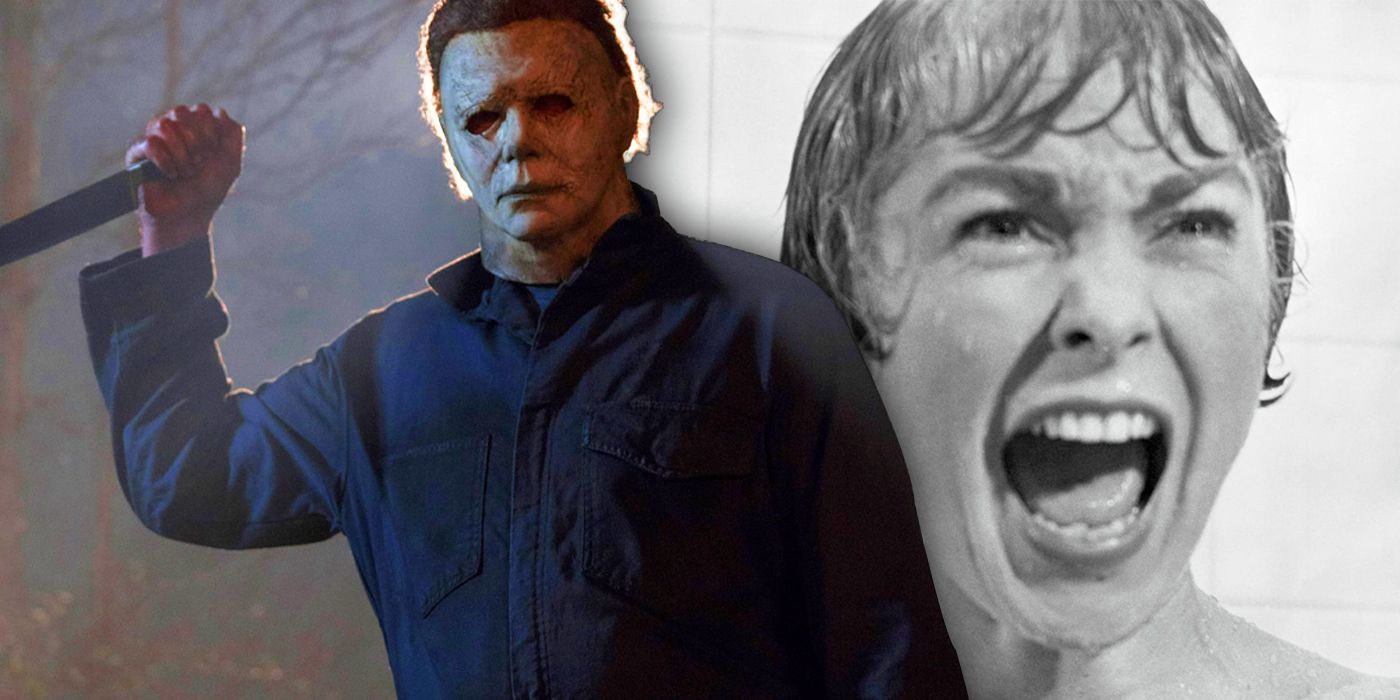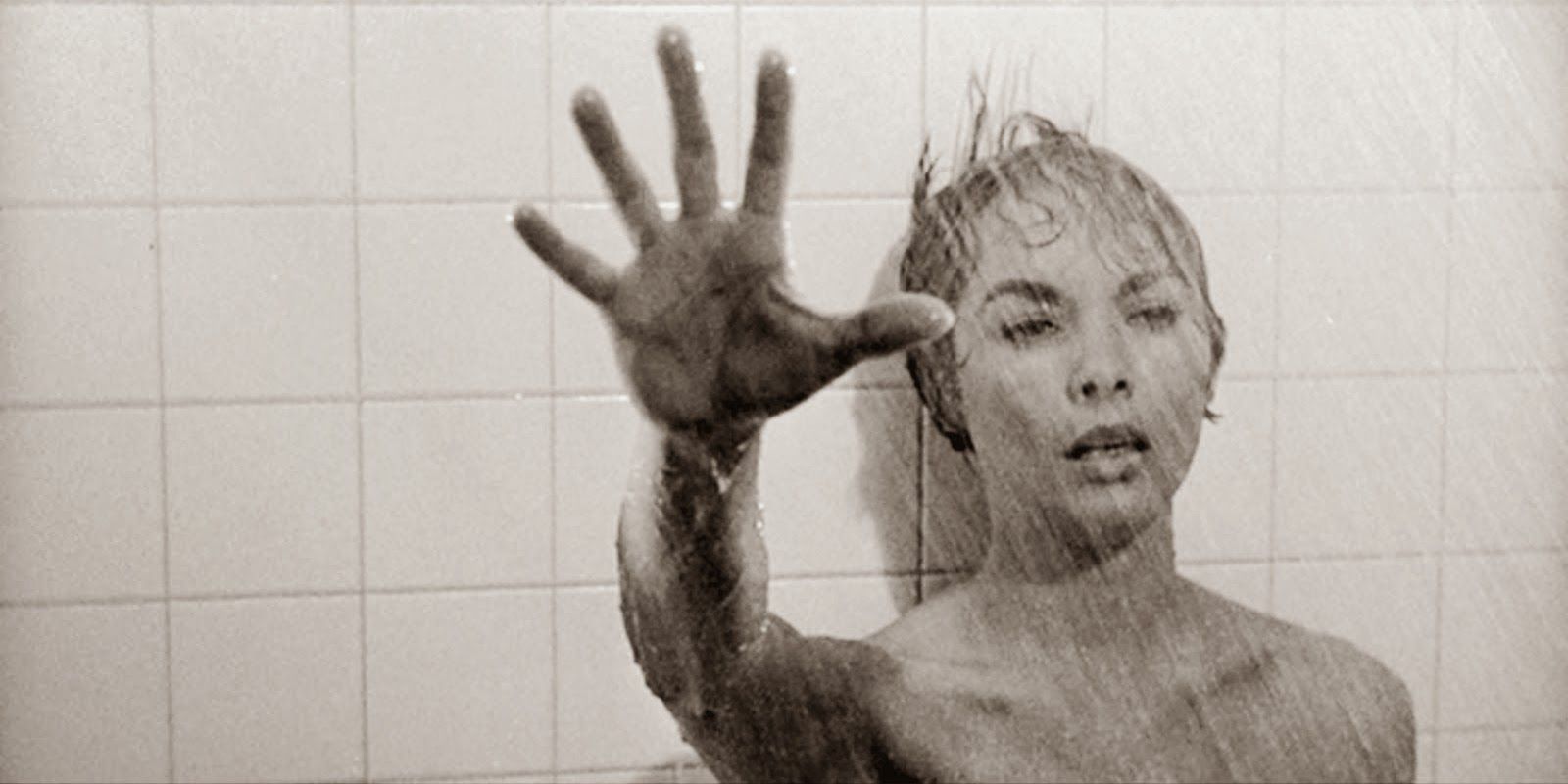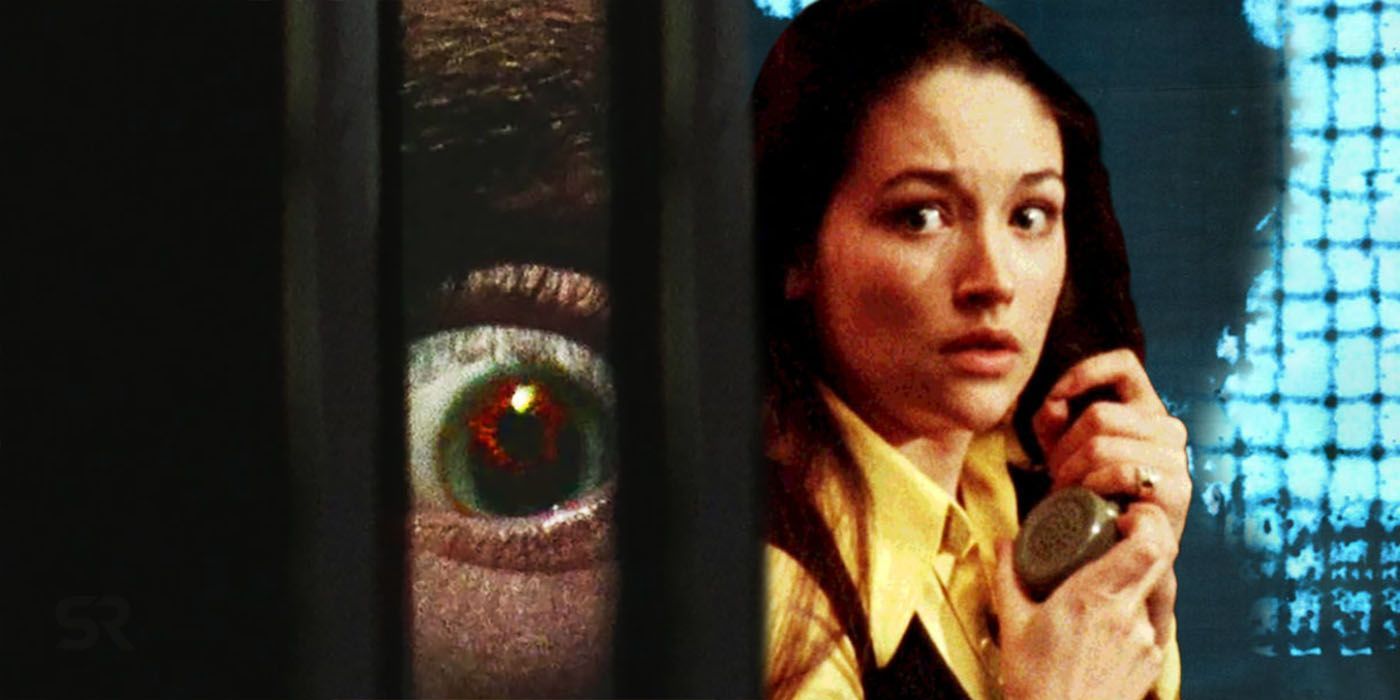John Carpenter's 1978 masterwork Halloween changed the horror genre and popularized slasher movies, as similar-looking films like Friday the 13th and A Nightmare on Elm Street followed soon after. While the first film of Michael Myer's endless killing spree remains the most iconic slasher flick, it's debatable as to whether or not it was the first of its kind. There are a couple of movies released before Halloween that have a legitimate claim to wear the first slasher crown.
Psycho - 1960
If horror is the rock and roll of movies and slasher is heavy metal, then Alfred Hitchcock's Psycho represents the influential 1960s hard rock bands that eventually inspired metal's beginnings in the 1970s. Although only two onscreen killings occur in Psycho, they were violent enough to shock audiences when first seeing it in theaters in 1960. The first killing of Marion Crane, while she takes a shower, was an incredible twist and arguably the most famous scene in cinema history.
Although everyone knows who really killed Crane and Detective Milton Arbogast thanks to cultural osmosis, Psycho makes it seem like Norman Bates' mysterious mother, the proprietor of the Bates Motel, is the culprit all along. It's not until Marion's boyfriend, Sam Loomis, and her sister, Lila, arrive at the motel to investigate Marion's disappearance when the truth is revealed. Norman was the killer all along while dressing as his mother. When discovering the skeleton of Norman's mother, Lila becomes one of the original "final girls," who likely would have received the same fate as Marion had Sam not intervened.
Before the twist, Norman Bates is portrayed as a strange innkeeper. However, he is still a charming enough young man who only seemed to cover up his mother's crimes to protect her. But upon discovering he's guilty, he becomes a memorably chilling killer. The moment is similar to the climax of the original Halloween when Michael Myers is unmasked, and the face of a creepy but good-looking young man is briefly seen. Over six decades have passed since Hitchcock's signature film first arrived, and it continues to influence horror to this very day.
Black Christmas - 1974
Although it doesn't have a butcher as iconic as those who followed in Billy's footsteps, Black Christmas deserves a lot more credit in horror history than it gets. Released four years before Halloween, Bob Clark's film features a mysterious killer taking out members of an all-girls sorority one by one, each in brutally vicious ways. If Psycho provided the spark that eventually led to the slasher formula, then Black Christmas perfected it. It set the precedent for slasher tropes like the mysterious killer invading a party full of teenagers before winding down to one final girl. Black Christmas' main character Jess, played by Olivia Hussey, is the Laurie Strode of the movie as a balanced combination of terrified and resilient.
Like Halloween, Black Christmas ends in a moment when the audience thinks the final girl is safe until a cliffhanger leaves the killer's whereabouts unknown. In fact, Clark and Carpenter talked about what a potential Black Christmas sequel would have been like. The idea entailed the killer being caught before the second film starts and then escaping to claim more victims at the same sorority house. But this time instead of taking place on Christmas, it would be set on Halloween.
Although Clark later told Carpenter he wasn't interested in making the sequel, it inspired Carpenter to write and direct that hypothetical sequel, which eventually evolved into Halloween. While Black Christmas never became the sequel factory that Halloween became, a 2019 remake helped remind horror fans just how groundbreaking the original remains.



